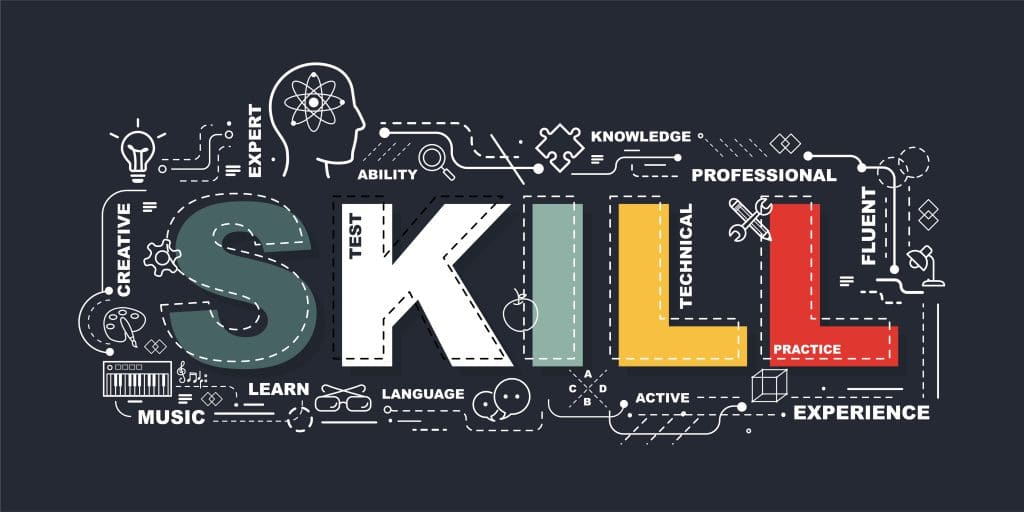The Northland/NCAT Unmanned Aircraft Systems (UAS) team has been hard at work with several initiatives that have the potential to impact multiple autonomous technology industries.
The first initiative is being done in collaboration with ASTM, formally known as American Society for Testing and Materials. ASTM is an international standards organization with offices in six countries and over 12,000 standards currently in use, worldwide. ASTM uses groups of subject matter experts to produce consensus-based standards for many different industries, to include the Aerospace industry.
Zack Nicklin, NCAT Co-PI and Northland UAS Program Manager, has taken on a leadership role within ASTM’s Lightweight UAS Maintenance Technician Qualification workgroup. This group has already defined the knowledge, skills, and abilities (KSA) expected of UAS Maintenance Technicians across a wide range of UAS platforms. Based on Nicklin’s research for the FAA ASSURE A.5 (UAS Maintenance, Modification, Repair, Inspection, Training, and Certificate Considerations), a new classification system based on equipage was defined. The group is currently in process of developing the standard, which plans to be published by year’s end.
This standard will specify the minimum KSAs necessary to maintain UA Systems to include the aircraft itself, the data links, control station and support equipment. Other subject matter experts include representatives from academia, industry, and governmental regulating bodies from multiple countries. The KSAs defined in the ASTM project will then be used, along with multiple existing standards in the automotive, maritime remotely operated vehicle (ROV), aviation and robotics fields, to inform a set of core KSA’s for an Autonomous Technologies Technician.
As of 2019, there are 941 public, community colleges in the United States but very few have the programming necessary to produce technicians for the fast paced, high technology, autonomous systems industries. Costs to start and maintain these programs tend to be high. Significant investments must be made in equipment that quickly becomes obsolete, due to the rapid progression of technology. Also, as with any new industry, finding knowledgeable and experienced instructors to deliver content may prove to be very difficult. These roadblocks to integration of autonomous technology (AT) programs and the resulting lack of highly qualified technicians have led to the conception of this project. This would provide the backbone knowledge, skills and abilities that are common to AT technicians, in very different fields. Students could then determine which sector they are most interested in and transfer to a school that provides specific training such as ROV or UAS technician training.
The primary outcome of NCAT’s core KSA project is to investigate common curriculum across the air, land, and sea domains of autonomous technologies, in partnership with industry and existing programs. Ideally, it would drive interest in STEM and make career pathways more accessible to a larger segment of the population, particularly traditionally underrepresented and underserved populations. Many two-year colleges already train the core knowledge but do not offer a credential in an AT field and may not have instructors qualified to teach the specific skillsets needed to produce an ROV or UAV technician.
This project will also help inform future developments of educator workshops, STEM camps and student competitions. This track has the possibility of reducing initial costs for students and provide enrollment numbers for the local college that would otherwise go to a different institution. It will also open pathways for students to gain the knowledge they need to matriculate into AT programs and ultimately grow the AT workforce.

